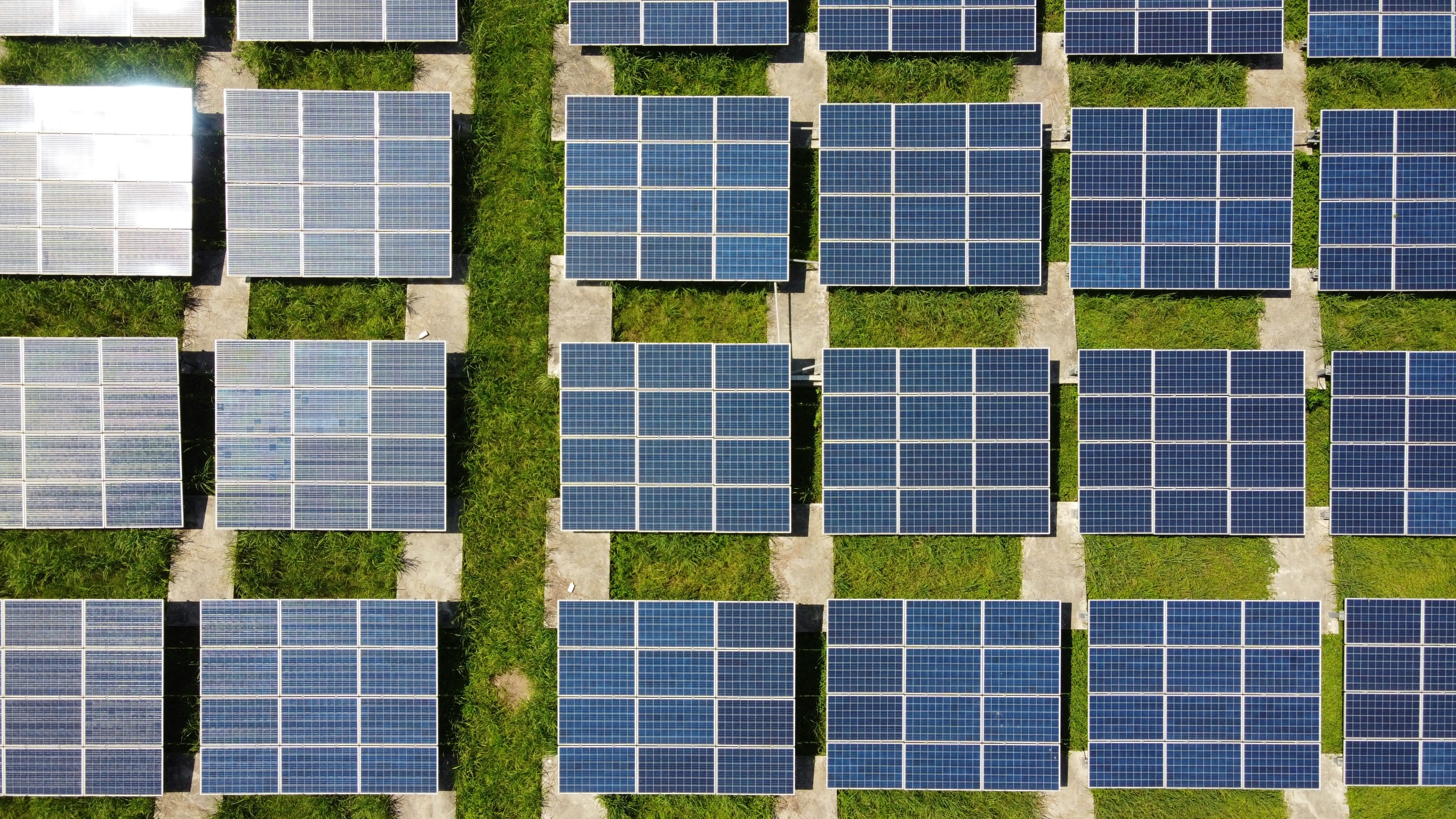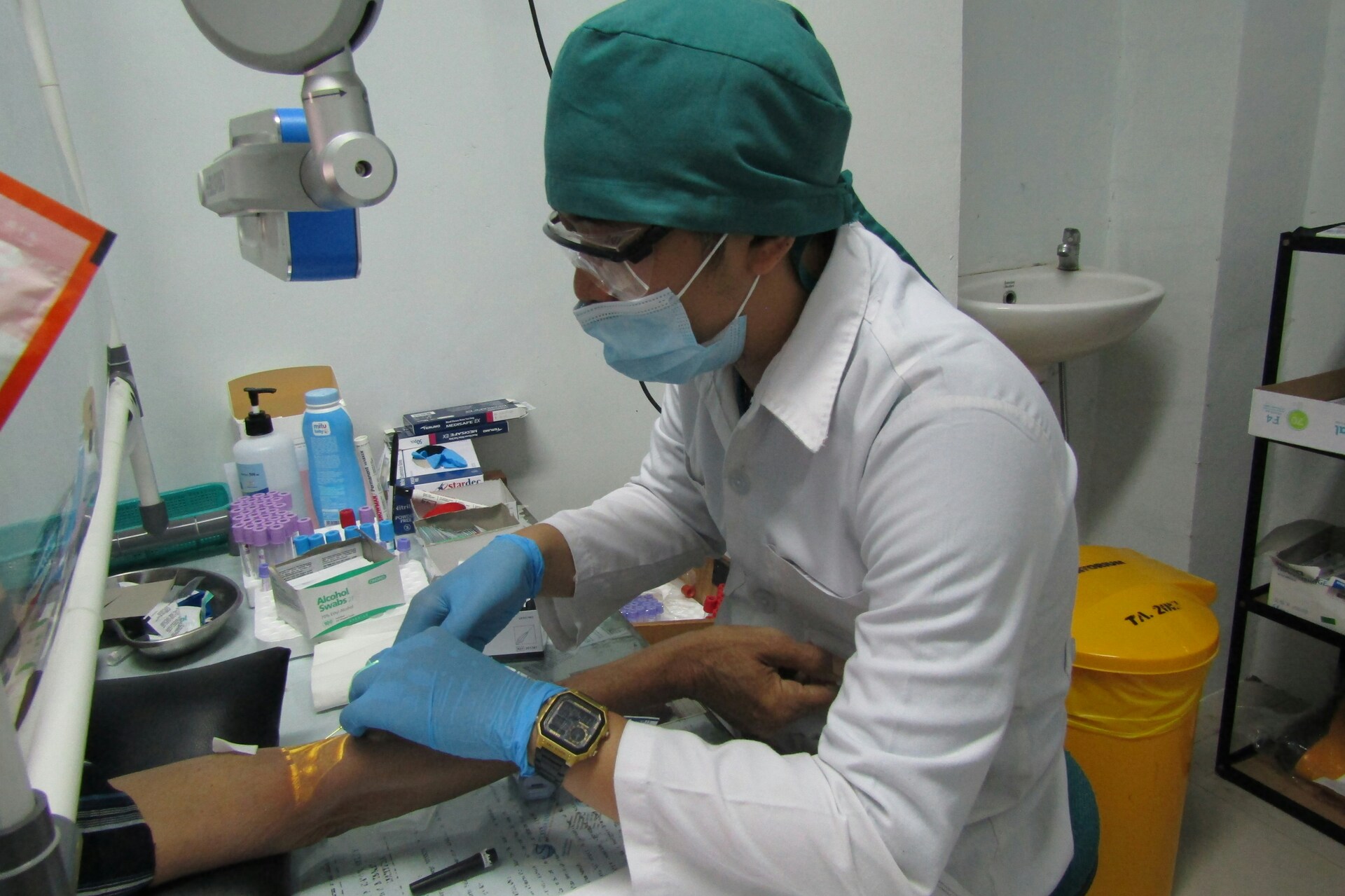Using simulations based on a GTAP model, this paper reproduces the economic crisis in Southeast Asia, and in particular in Indonesia and analyses its implications.
This paper uses simulations based on a GTAP model to reproduce the economic crisis in Southeast Asia, and in particular in Indonesia. The model is a static-real sector model, so the focus of the simulation is on the declining investment and the declining prices of non-traded goods during the crisis. The simulation is conducted by creating an exogenous shock on risk premium in Indonesia, Thailand and Malaysia, which leads to smaller allocation of regional investment in these countries, lower stock of capital goods, and lower production. The second shock, which is the declining price of land and natural resource, opens the possibility of resource allocation between sectors in the economy.







